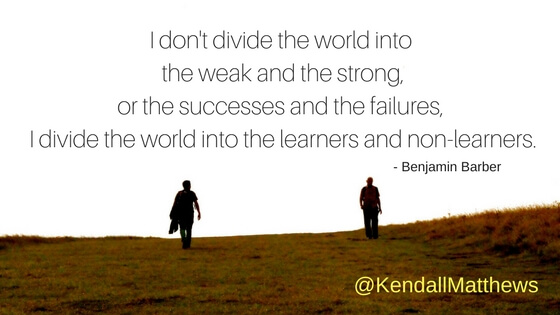[fusion_builder_container hundred_percent=”yes” overflow=”visible”][fusion_builder_row][fusion_builder_column type=”1_1″ background_position=”left top” background_color=”” border_size=”” border_color=”” border_style=”solid” spacing=”yes” background_image=”” background_repeat=”no-repeat” padding=”” margin_top=”0px” margin_bottom=”0px” class=”” id=”” animation_type=”” animation_speed=”0.3″ animation_direction=”left” hide_on_mobile=”no” center_content=”no” min_height=”none”][fusion_dropcap color=”” boxed=”no” boxed_radius=”8px” class=”” id=””]P[/fusion_dropcap]roductivity Improvement expert and CEO of Headspace, Andy Puddicombe describes the transformative power of refreshing your mind by doing absolutely nothing for 10 minutes each day.
In his early twenties, Andy decided to travel to the Himalayas to study meditation. He became a Tibetan Buddhist monk in Northern India. He then trained at Moscow State Circus, then returned to London where he completed a degree in Circus Arts with the Conservatoire of Dance and Drama.
In the video, Puddicombe uses juggling to demonstrate how thoughts can become fast and loose. These racing thoughts can our attitude.
“Things aren’t always as they appear,” he says.
“Most people assume that meditation is all about stopping thoughts, getting rid of emotions, somehow controlling the mind,” Puddicombe explains, “But actually it’s about stepping back, seeing the thought clearly, witnessing it coming and going.”
Here are 3 key points from the productivity improvement Ted Talk video:
1. Look after your mind
[/fusion_builder_column][fusion_builder_column type=”1_1″ background_position=”left top” background_color=”” border_size=”” border_color=”” border_style=”solid” spacing=”yes” background_image=”” background_repeat=”no-repeat” padding=”” margin_top=”0px” margin_bottom=”0px” class=”” id=”” animation_type=”” animation_speed=”0.3″ animation_direction=”left” hide_on_mobile=”no” center_content=”no” min_height=”none”][bctt tweet=”Can you remember the last time you spent 10 minutes simply doing nothing?”]
No talking, watching TV, or reading your Amazon Kindle books.
2. 47% of the time your mind wanders
According to Havard research, 47% of the time our minds aren’t focused. By the way people drive I believe their findings.
That means when you’re talking to another human, trust that she is looking at you, yet her mind is thinking Chipotle online – order now – I need it..
3. Allow thoughts to pass by
Stop trying to control your thoughts. Puddicombe states to witness them pass by without judgement.
You don’t need to sit still and burn incense to mediate. Just take 10 minutes out of your day to step back and be present. I call that my 2 p.m. naps.

Next Steps:
Schedule time in the morning or right after lunch to be present. Before you rush back into the office, sit in your car for a few moments and breath. You will have thoughts that say, “Get up and move.” Let them pass. Be in the moment.
If you think another could benefit from this message, please share with your network.
I would love to hear from you in the comments on Twitter or Facebook!
Sources:
- New York Times: http://www.nytimes.com/2011/06/23/fashion/andy-puddicombes-meditation-for-the-rushed.html?_r=0
- Headspace: https://www.headspace.com/andy-puddicombe
- Wikipedia: https://en.wikipedia.org/wiki/Andy_Puddicombe
- Amazon Book: Get Some Headspace: How Mindfulness Can Change Your Life in Ten Minutes a Day http://amzn.to/1J7wVXq
 [/fusion_builder_column][/fusion_builder_row][/fusion_builder_container]
[/fusion_builder_column][/fusion_builder_row][/fusion_builder_container]




